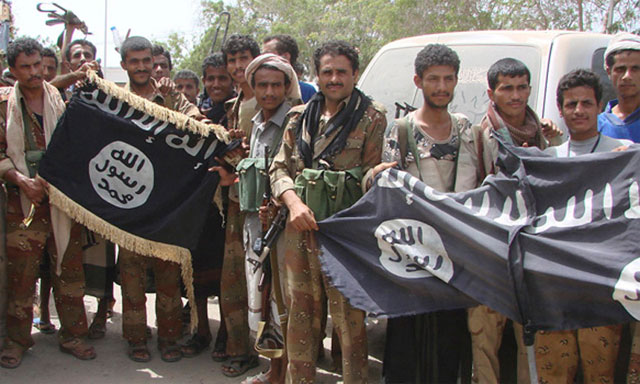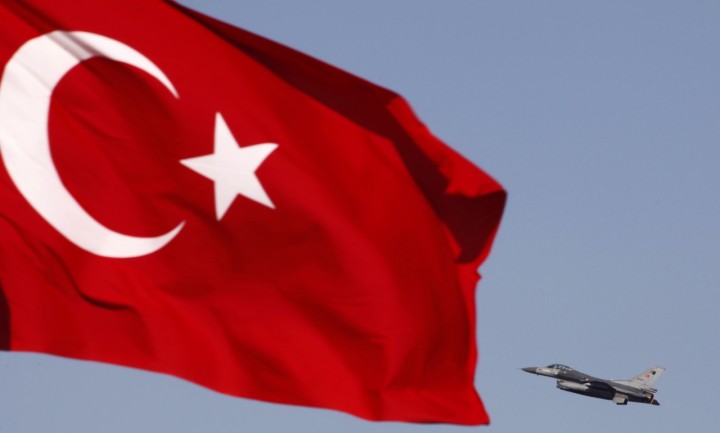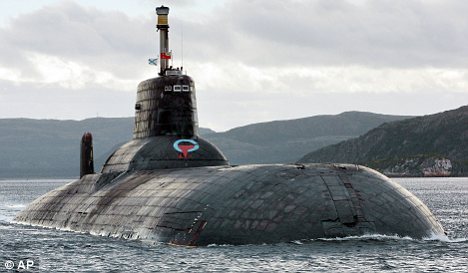Although AQAP is an al Qaeda affiliate, it is unique amongst the franchises because its leadership shared close linked with bin Laden and al-Zawahiri and were previously involved in many of al Qaeda Central’s activities including the plotting for attacks such as 9/11. This means that all of the experiences from the already well-versed leaders could be easily passed down to the new recruits without the need to send individuals to training camps abroad. Even in his final days, Bin Laden paid a great deal of attention to AQAP, making important decisions for the group. 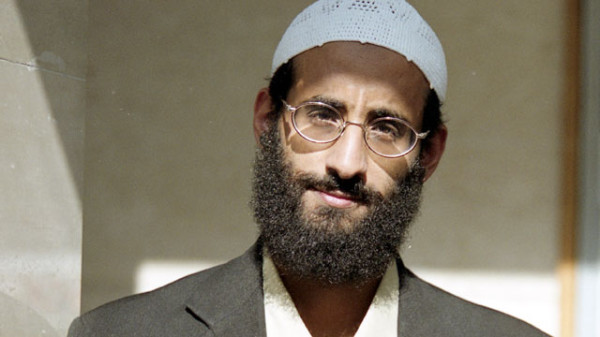
Furthermore this branch of al Qaeda has important similarities to the main organisation originally built by bin Laden in the late 1990s. This is mainly because its leader, Nasir al-Wihayshi, was previously bin Laden’s personal secretary for four years right up to the Battle of Tora Bora in 2001. Not only does this mean that the organisation is very closely linked to al Qaeda Central, but also that it is modelled on the most dangerous version of al Qaeda, the one that planned and carried out their most successful attack. Furthermore al-Wihayshi was present and possibly very involved in the planning of the attacks bringing with him very valuable experience. Not many of the figures that were involved in planning the 9/11 attacks are still free, making those that are particularly dangerous and giving them an experience that not many other al Qaeda fighters possess.
In the summer of 2013, al-Wihayshi was appointed by al-Zawahiri himself to be the general manager of the network for a new phase in al Qaeda’s war strategy. Although there have not been any attacks of the same scale of 9/11 in the last twelve years, I believe that a similar attack is currently being planned. The 9/11 attacks were being planned five years before their execution. AQAP is a young affiliate with the merger having only happened in 2009. Because of the pursuit by security forces, the planning of the next attack will likely take longer, meaning that we should expect the planning of attacks to be in its final stages in the next few years. With several towns having been seized in the south of Yemen and a refocused strategy on expanding their power base, Yemen is fast becoming what Afghanistan was before 2001.
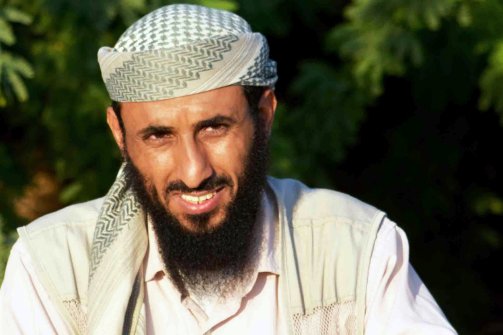 Another leading figure is the bomb-maker Ibrahim Hassan al-Asiri who has been pegged by Western intelligence as the most dangerous man in the world. Al-Asiri, particularly skilled at devising tiny bombs, has been behind all the recent attacks conducted by AQAP. Examples are the failed underpants bomb attack on Christmas day 2009 and the rectum bomb carried by his brother Abdullah Hassan al-Asiri whilst attempting to assassinate the Deputy Minister of the Interior of Saudi Arabia, Muhammad bin Nayef. Furthermore he is the man who developed the ink cartridge bomb used on the UPS cargo plane attack. His expertise would have been passed on to at least two deputies who will be able to carry on his work if he is killed. Having two deputies for each position is part of al Qaeda’s strategy to keep the group strong in the event of the loss of any leaders.
Another leading figure is the bomb-maker Ibrahim Hassan al-Asiri who has been pegged by Western intelligence as the most dangerous man in the world. Al-Asiri, particularly skilled at devising tiny bombs, has been behind all the recent attacks conducted by AQAP. Examples are the failed underpants bomb attack on Christmas day 2009 and the rectum bomb carried by his brother Abdullah Hassan al-Asiri whilst attempting to assassinate the Deputy Minister of the Interior of Saudi Arabia, Muhammad bin Nayef. Furthermore he is the man who developed the ink cartridge bomb used on the UPS cargo plane attack. His expertise would have been passed on to at least two deputies who will be able to carry on his work if he is killed. Having two deputies for each position is part of al Qaeda’s strategy to keep the group strong in the event of the loss of any leaders.
The late Anwar al-Awlaki, killed in September 2011 still remains one of the most important figures in the organisation as a whole. Due to his perfect command of English, having lived and studied in the United States, and his media skills, he was a pivotal figure in the online campaign at recruiting and radicalising new members. Because his work is still accessible online he remains an important figure even after his death. Bin Laden, however, rejected the idea of appointing him a leader as he did not share any personal ties, demonstrating the importance that bin Laden placed on personal relationships with the leaders of the al Qaeda affiliates.
Al-Awlaki was a leading figure in many of the recent al Qaeda attacks, including the shooting at Fort Hood military base, the underpants bomber attack and the downing of a UPS cargo plane in Dubai in 2010.
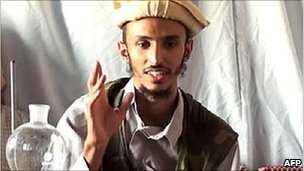 The final key figures in AQAP are the deputy leader, Said al-Shihri a Saudi with previous experience in Afghanistan and Chechnya who spent time in Guantanamo Bay and Qasim al-Raymi, the military commander. Al-Shihri plays a key role in securing finance from Saudi donors as well as recruiting other Saudis. Al-Raymi played an important role alongside al-Wahayshi in rebuilding the al Qaeda network in Yemen and played a key role in the takeover of the southern towns of Abyan and Shabwa.
The final key figures in AQAP are the deputy leader, Said al-Shihri a Saudi with previous experience in Afghanistan and Chechnya who spent time in Guantanamo Bay and Qasim al-Raymi, the military commander. Al-Shihri plays a key role in securing finance from Saudi donors as well as recruiting other Saudis. Al-Raymi played an important role alongside al-Wahayshi in rebuilding the al Qaeda network in Yemen and played a key role in the takeover of the southern towns of Abyan and Shabwa.
These leaders are all key to AQAP’s current success and the future survival of the organisation. Due to al Qaeda’s practice of decentralisation, bin Laden’s death in 2011 had little impact on this affiliate. Furthermore, al-Wihayshi has constructed a durable infrastructure similar to the one that bin Laden designed to withstand the death or capture of all the key leaders. This ensures the survival of the organisation in the long term.

